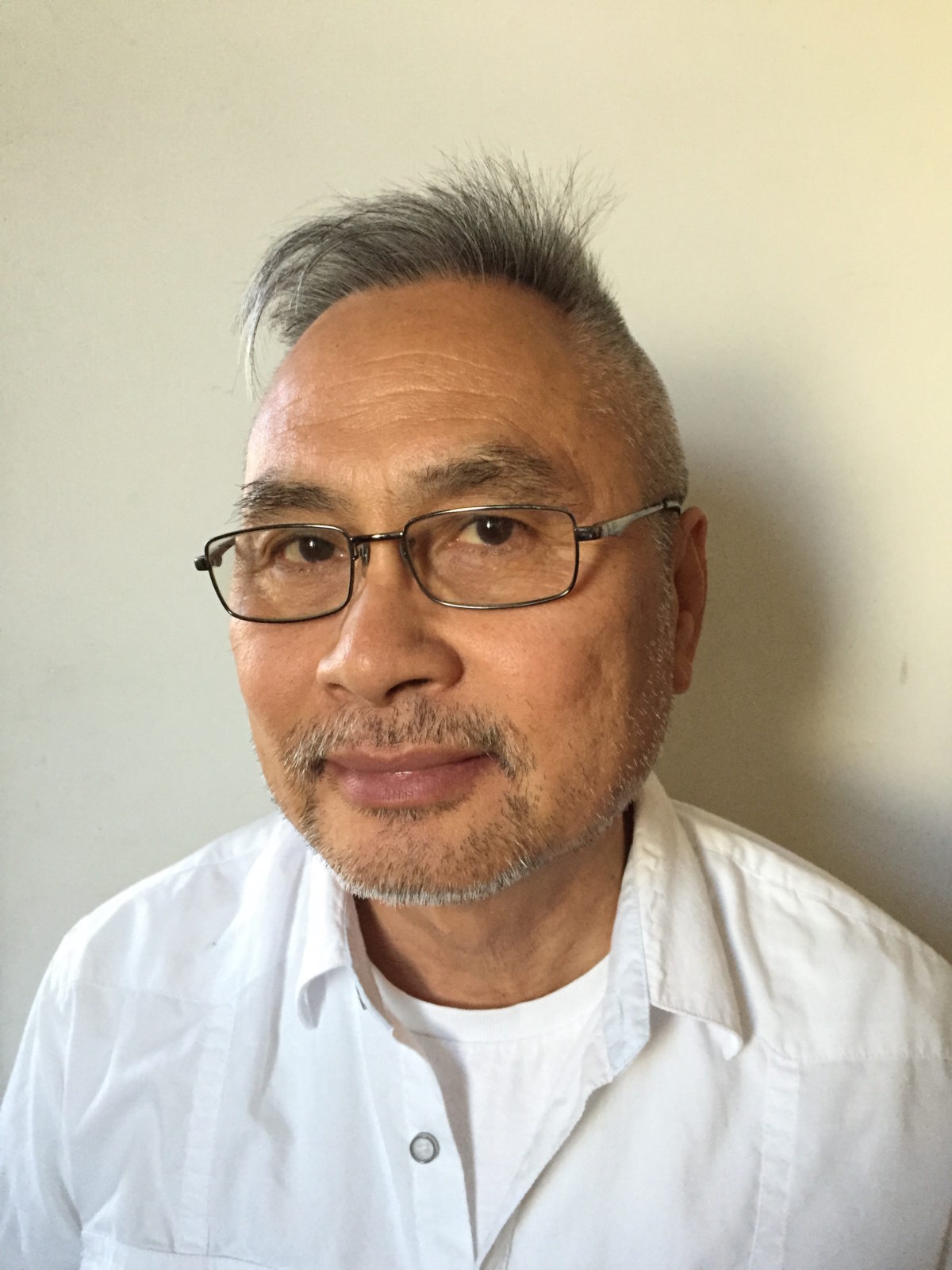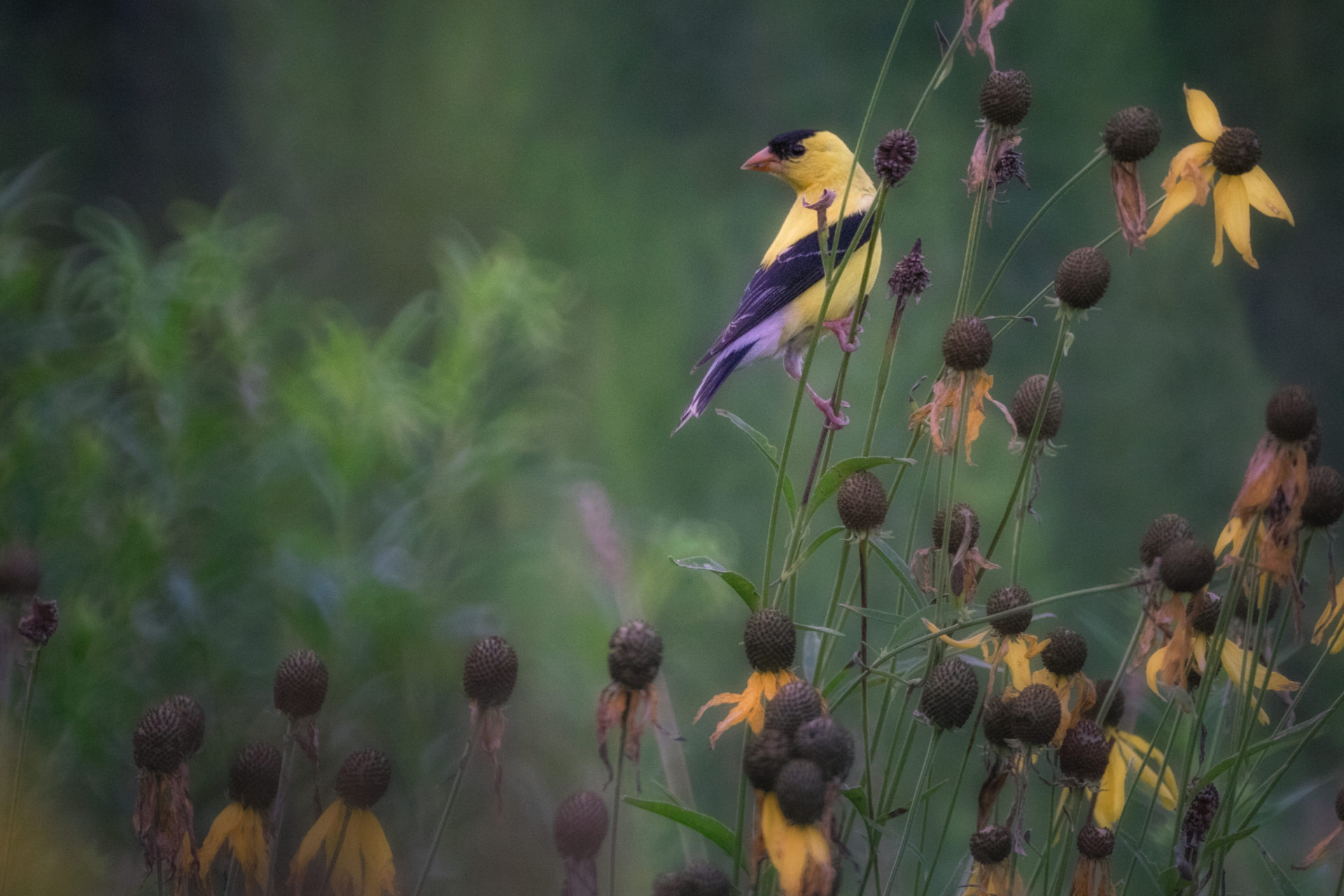By Chinh Nguyen
As our van crossed the gate of the Whitney Plantation, I spotted rusted cast iron kettles the size of a half wine barrel, lying tipped over, scattered on the field along the driveway. The sight of these kettles reminded me of the time back in Viet Nam when I was working in a sugar cane field. I was involved in the whole process, from planting and harvesting to crushing the cane to get the juice that would be placed in kettles and boiled down to molasses.
By Chinh Nguyen
As our van crossed the gate of the Whitney Plantation, I spotted rusted cast iron kettles the size of a half wine barrel, lying tipped over, scattered on the field along the driveway. The sight of these kettles reminded me of the time back in Viet Nam when I was working in a sugar cane field. I was involved in the whole process, from planting and harvesting to crushing the cane to get the juice that would be placed in kettles and boiled down to molasses. This gruesome work in the heat and humidity of the tropical climate was exacerbated by long sword-like sugar cane leaves, as sharp as razor blades that can cut deep into your skin. We endured amidst the hard work, the heat, and the sweat. It was definitely harsh labor.
In that moment of flashback, I could feel the pain, the struggle, and the suffering of the enslaved people who once inhabited the plantation, forced to work in subhuman conditions with lack of food and inadequate housing, compounded with brutal punishment under whips and shackles. Their life was tossed in a storm of traumatic heartbreak every time their family was broken up for sale. Their human lives were treated as a commodity, as cheap labor to accumulate goods for plantation owners and slaveholders.
This glimpse of the history of the plantation, and the feelings it stirred up in me, have strengthened my empathy for the plight of black Americans. I imagine their courage and resilience boiled down from their sweat and blood, much like the sweet molasses boiled down from the juice of the sugar cane in the kettle. This experience encourages me, a refugee from Viet Nam, to keep my heart open for learning and eager for action that restores human dignity and justice.

Chinh Nguyen, Tam Tu Tien/Heart of Enlightened Compassion, was introduced to Buddhism at a very young age. He later joined the Order of Interbeing, and received the precepts, Jukai, in the Soto Zen tradition. He is empowered as a Shambhala Guide and Assistant Director in the Shambhala community. He is a board member of Mindful Peacebuilding.

